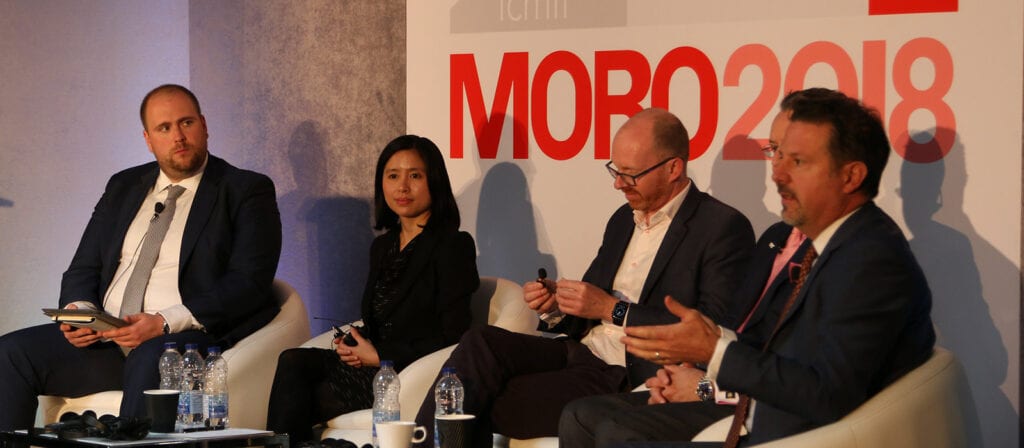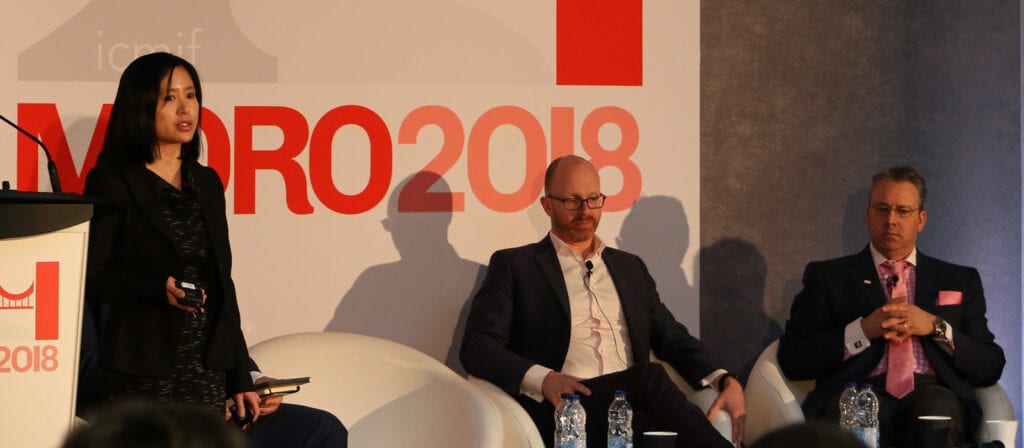As a risk, cyber differs to more traditional risks such as property, which are generally known risks and their associated products have remained relatively unchanged over hundreds of years. Cyber is a complex, evolving and potentially dangerous risk. It is driving companies and brokers to find a responsible, sustainable and competitive partnership approach to develop a cyber insurance offering for their clients and policyholders.
Unlike traditional risks, there are different forms of cyber attacks, and these are always evolving. This poses a challenge for insurers as the risk which they are protecting policyholders from is constantly changing. In the USA, over 60% of small businesses have suffered some form of cyberattack or privacy breach. Regulatory considerations are very important too, as cyber regulations are also constantly changing. In the USA, there are nearly 52 state regulations, plus multiple federal regulations, which continue to evolve over time. GDPR is also going to dramatically change the landscape in Europe.
Cyber liability is different because of the execution and implementation of it within an organisation. It impacts multiple parts of a businesses, from risk management to reinsurance; to underwriting and claims. Pre- and post-loss services are very important in a cyber policy. These can be both proactive and reactive services. Used effectively, they can really highlight an insurer’s value proposition, providing an opportunity to engage with clients before, during or after a claim has happened and create enhanced value for the policyholder. As mutual insurers, it is important to think how to integrate value-added services into the cyber liability aspect of your organisation.
Partnership selection with reinsurers and service professionals is equally very important for mutual insurers. The strongest partnerships are those with a partner which understands the nuances to your policyholders’ exposures; which brings the right capabilities and has the right experience; and, most importantly, has the right alignment with your values as an organisation. This collaboration can create new opportunities for innovation and value creation.





